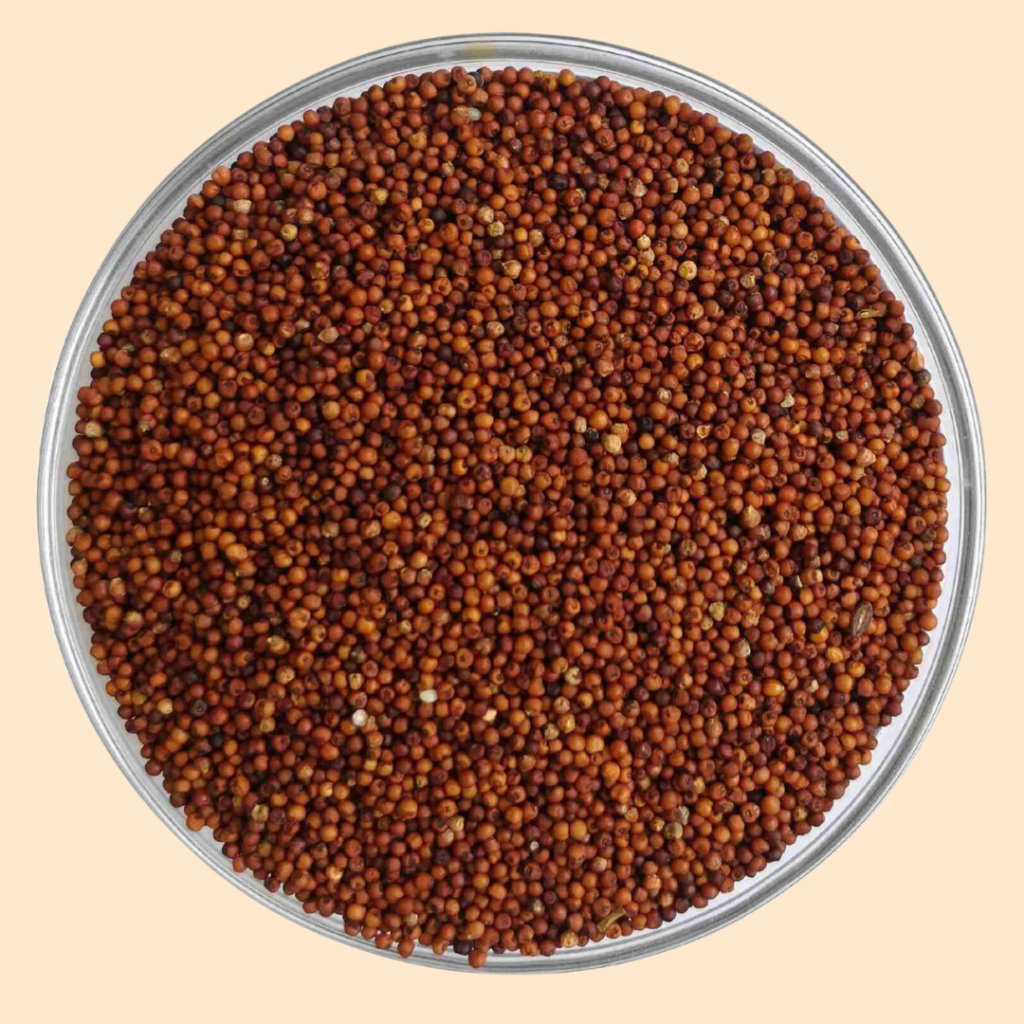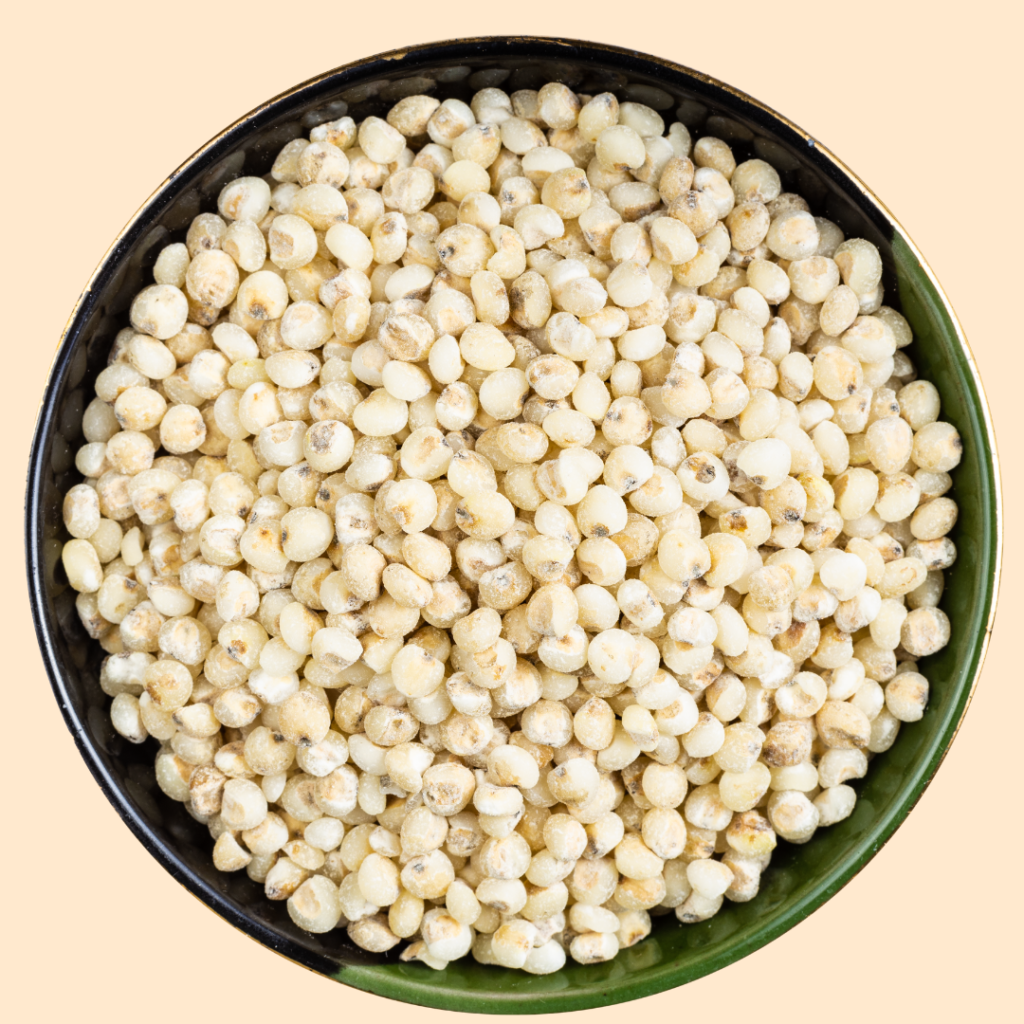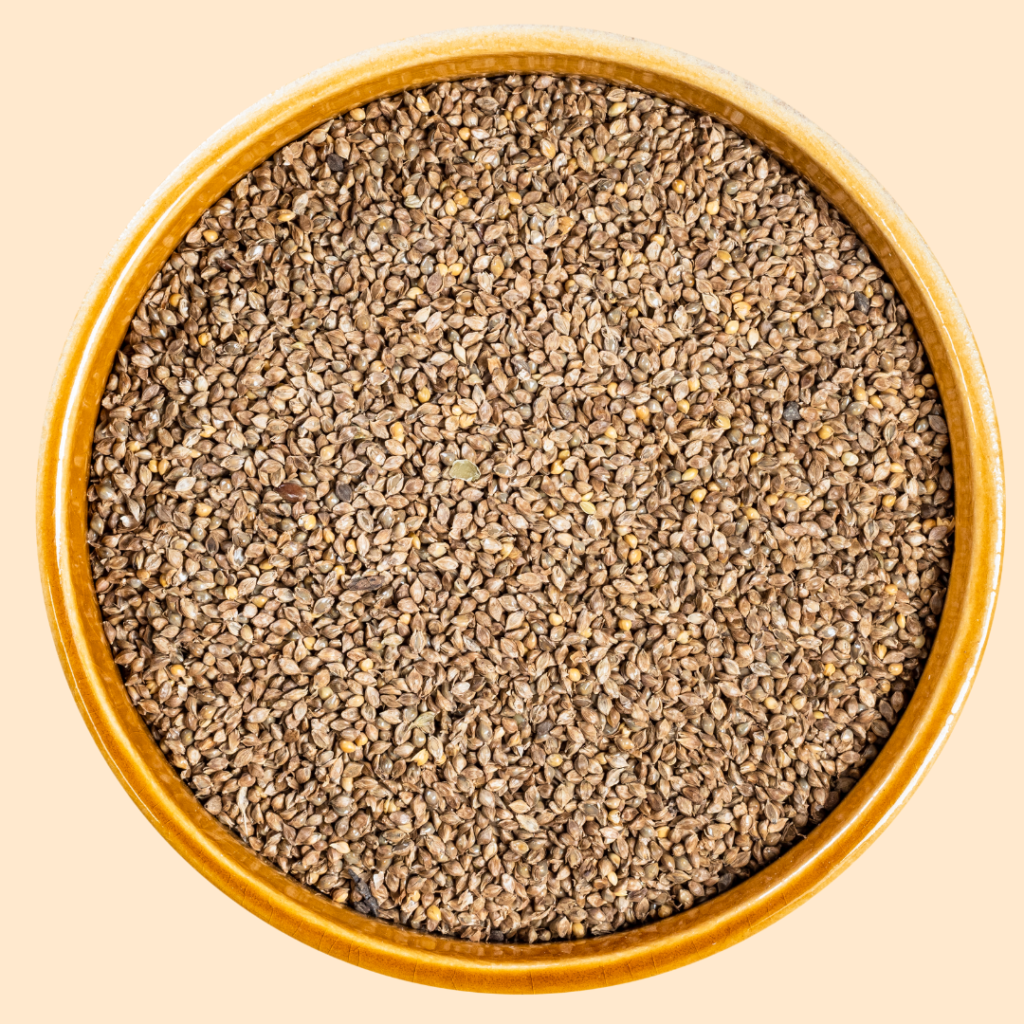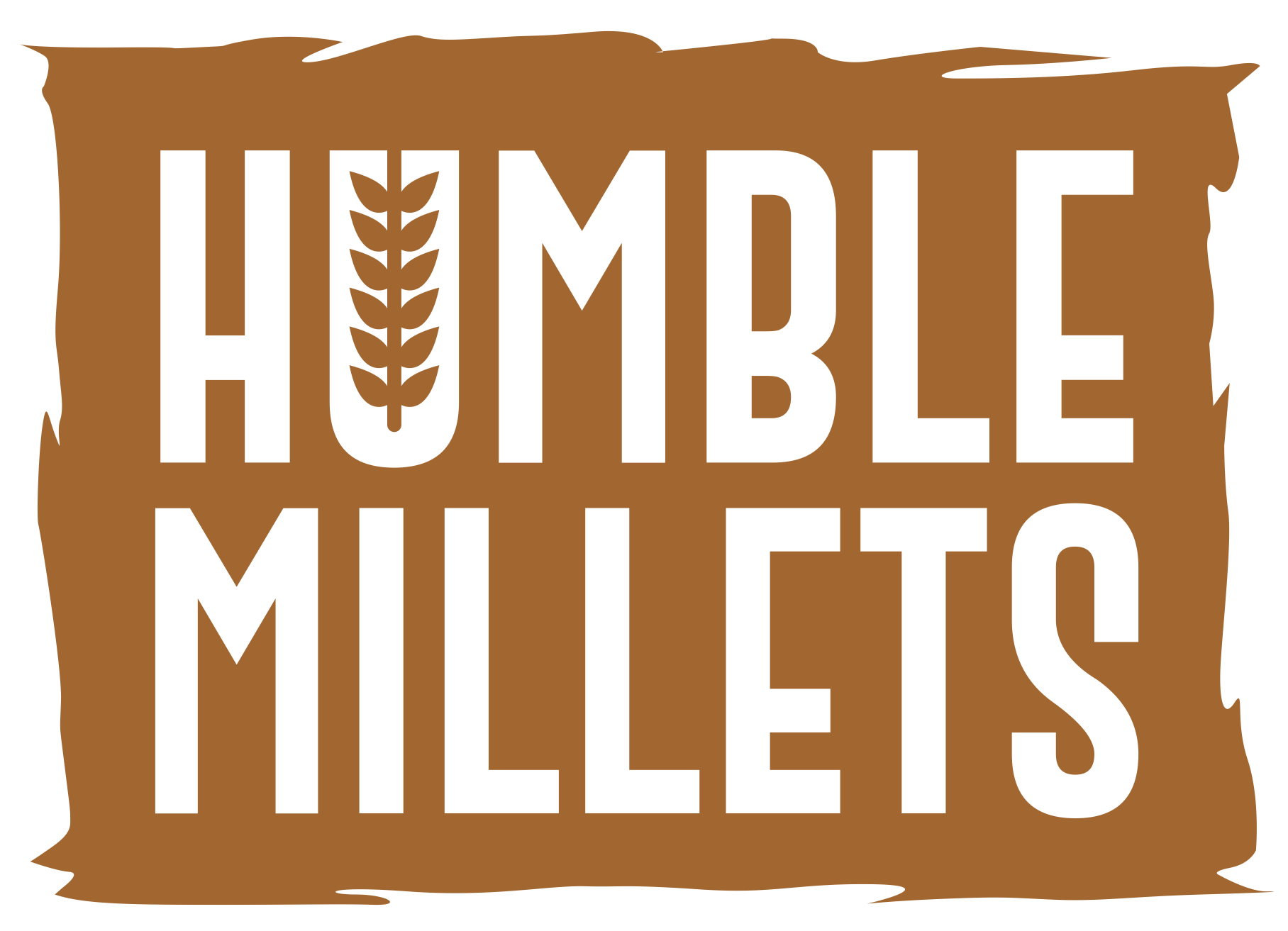
Introduction:
In the ever-evolving landscape of nutrition, the resurgence of ancient grains like millets has captured the attention of health enthusiasts and food aficionados alike. As we delve into the world of millets, let’s uncover the unique qualities and diverse flavors these tiny seeds bring to the table. Join me on this journey through the heart of Indian culinary traditions, where millets stand as pillars of nutrition and cultural heritage.
What is Millets?
Millets are small-seeded grasses cultivated for millennia, tracing back to ancient civilizations. With a robust structure and adaptability, these grains have been integral to global agriculture. What sets millets apart is not just their historical significance but their outstanding nutritional composition. From finger millet to pearl millet, each variant carries a distinctive nutritional story, contributing to the rich tapestry of our food heritage, know more.
Types of Millets:

1. Foxtail Millet (Korralu):
Rich in dietary fiber and essential minerals, foxtail millet emerges as a staple with a purpose. Known for its role in managing diabetes and aiding weight management, this millet adds both nutrition and versatility to your plate.

2. Pearl Millet (Bajra):
As winter sets in, North India turns to the comforting warmth of Bajra. High in protein and iron, Bajra not only provides sustenance but also emerges as a gluten-free alternative with a nutritional profile that contributes to overall health.

3. Finger Millet (Ragi):
Down south, in the heart of traditional kitchens, Ragi takes center stage. With an impressive content of calcium, iron, and amino acids, Ragi not only enhances the culinary experience but also nurtures well-being.

4. Sorghum (Jowar):
Embark on a culinary journey to the western parts of India, where Sorghum reigns supreme. Bursting with antioxidants and essential nutrients, Jowar offers versatility in the kitchen, making it a cherished grain in numerous regional delicacies.

5.Barnyard Millet (Sanwa):
Barnyard millet, known as Jhangora, is a gluten-free millet that is high in protein and low in calories. It is often used in North Indian cuisine to make dishes like khichdi and pulao.
Famous and Most Consumed Millets in India:
Millets have seamlessly integrated into Indian culinary traditions, becoming dietary staples in various regions.
Ragi – South Indian Breakfast Bliss:
Ragi, a breakfast favorite in the south, finds its way into the comforting embrace of Ragi Idlis. Its impressive nutrient profile makes it a wholesome addition to your morning routine.
Bajra – North Indian Winter Warmth:
Bajra becomes a winter companion in the form of rustic Bajra rotis, adding not just sustenance but a distinct flavor to North Indian households during the colder months.
Jowar – Western Delight:
Jowar, the versatile gem of the west, graces the plates of many, offering not just nutritional benefits but a unique taste that elevates regional dishes.
Different Names of Millets in Different Regions of India:
| English Name | North India | South India | East India | West India |
| Finger Millet | Bajra | Ragi | Ragi | Jowar |
| Pearl Millet | Jowar | Kambu | Bajra | Jowar |
| Foxtail Millet | Kangni | Thinai | Kangni | Bajra |
| Sorghum | Bajra / Jowar | Cholam / Jowar | Cholam | Jowar |
Conclusion:
As we conclude our exploration of millets, it’s evident that these tiny grains signify more than just a dietary choice. They embody a connection to our roots, a commitment to a healthier lifestyle, and a celebration of culinary diversity. The journey doesn’t end here; it’s an ongoing conversation. Have you incorporated millets into your culinary repertoire? Share your experiences, favorite millet recipes, and let’s build a community that embraces the goodness of millets together! Your journey is as vital as the grains that sustain it. Leave your thoughts in the comments below—let’s continue this conversation and foster a community passionate about millets and good health!
